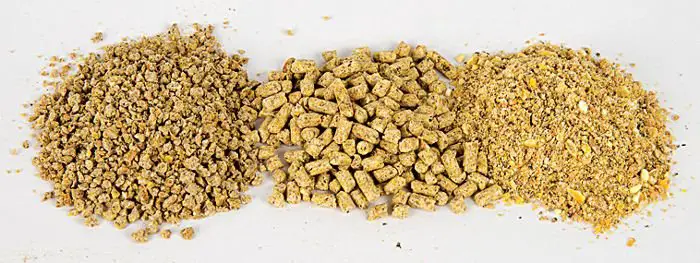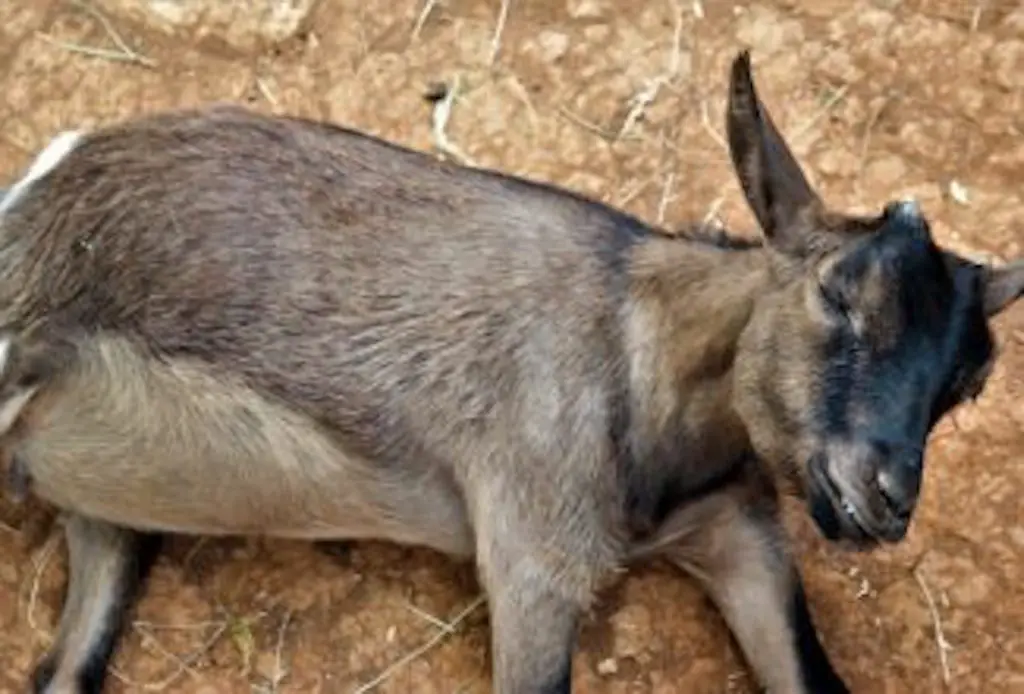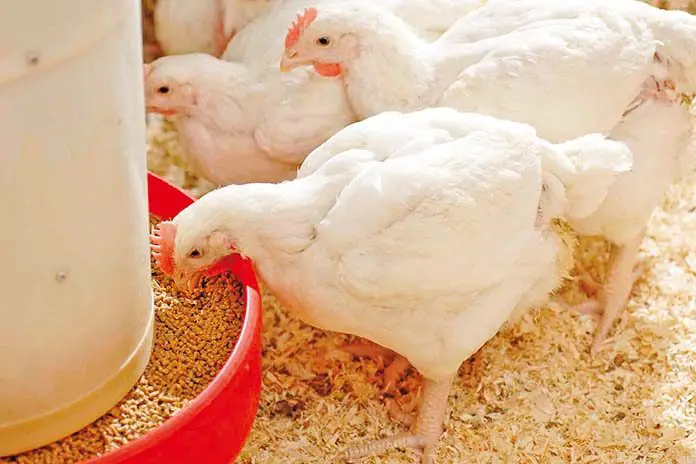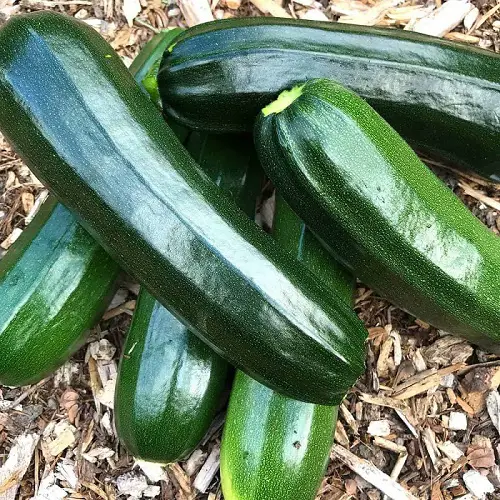Hay can be described as any plant material that has been cut and dried for later use as animal feed. Common hays are made from grass or legumes either wild or grown specifically to be harvested as hay. Hay is critical in the feeding of ruminants or animals with an ability to digest high-fiber diets like cattle, sheep, goats, and rabbits. Hay acts as a storage of feed for periods when the natural veld cannot supply enough to sustain the animals for example in winter when the grass dies back or for animals kept in confinement. This article will outline various type of hay that you can give to cattle.
Contents
Cutting and Drying of Hay
Hay for cattle is mainly made from a variety of grasses chief among them are timothy, foxtail, and fescue grasses, legumes like Lucerne(alfalfa), and clovers. Cereal grains that can be cut to be hay for cattle before their seeds mature are barley, oats, rye, and triticale. Hay can be cut by hand or using machinery and must be dried before stacking or baling to avoid spoilage and fire damage.
Hay vs Straw
The best time to cut grass for hay is before the seed has matured as the nutritive quality is better, grass cut after the seed matures is called straw and not hay. This differentiation is very important as farmers sometimes just buy dry grass which they assume is hay, in most cases, this is straw which has a lower nutritive value as it is mostly just fiber as the seeds will have been removed at harvest. Some important information when selecting good quality hay is as follows:
- The hay for cattle must be green even after drying
- It should contain a lot of leaves and stems
- There must be an absence of weeds and other potentially noxious plants
- Hay for cattle should be dry and free from rain damage
- It must also be mold and dust free
Grass Hay
This is hay for cattle that is predominantly comprised of grass species grown and cut for animal feeding, it can contain some legumes but less than 30% of the total. The crude protein levels for grass hay average 10% depending o what levels of legumes are in the mix.
Timothy Hay
Is made from Timothy grass a perineal grass native to Europe, also known as cat’s tail grass. This is a high-energy and fiber type of hay for cattle with low protein. This hay type tends to be quite expensive as it’s also very easily digestible. Timothy grass is sensitive to high temperatures so needs to be grown in regions that have a cooler climate and heavy soils. Timothy grass has no stolons or rhizomes and thus tends to be overtaken by more competitive grasses in the pasture especially after cutting.
Orchard hay
Derived from orchard grass, this type of hay for cattle has higher protein content than timothy hay and a better flavor. The biggest advantage of this hay is that the quality does not change regardless of stage of cutting, the nutrient content stays almost the same.
Oat Hay
Oats are mostly grown for grain for human consumption but the grain is also fed to animals for fattening. The grass needs to be cut when immature to get good quality hay for cattle, if cut late the fiber content increases significantly reducing its digestibility. The energy content is low since the seed will still be underdeveloped at cutting. Oat hay is best grown out as a mixture with a legume, it’s the biggest benefit is it grows very quickly and yields better than the first two.
Triticale Hay
Triticale grass is a cross between wheat and ryegrass, this gives the grass the ability to grow in a wide variety of conditions especially warmer conditions not tolerated by timothy and orchard grass. Yields are also much better because of the wheat genes which give faster growth and higher protein content. This type of hay for cattle is seeing an increase in popularity in recent years, especially for daily cattle feeding.
Legume Alfalfa Hay
Often called the queen of legumes alfalfa or lucerne, is a dominant species grown for hay. Alfalfa is a flowering perennial legume with a very high average crude protein of 17% and is easily digestible for all classes of cattle. It can be cut many times during the growing season up to 12 times although later cuts yield hay with a lower nutrient quality. The easy digestibility of the hay also brings with it a major disadvantage if fed solely in the feed it can cause bloating. It’s best to feed in combination with poor quality grass straw to mitigate this effect or with another grass hay.
Hay for cattle can also be cut from a mixture of grasses only or in combination with legumes such as clovers giving hays with improved nutrient qualities
Legume Hay Vs Grass Hay
The biggest difference between alfalfa or legume hay type with grass hay type is the crude protein content of the hays with legume hay having a higher protein level. Legume hays also have superior energy and calcium contents than grass hay which has a higher fiber content. This does not mean however that the farmer should immediately go for legume hays as they can cause issues of bloat previously discussed and are also more expensive than grass hay for cattle. There are also incidences that cattle need hay for fiber and legume hay will not be suitable for that purpose. Because of the fact that both grass and legume hay types have both pros and cons, it is most beneficial to feed a combination of both.
Presentation
Hay for cattle can be sold commercially in quite a number of presentations varying from the most common small bales, large square/round bales, and chopped and pelleted hay. Farmers will buy or store hay in a presentation that suits their feeding operation and handling equipment.
Risk of fire
As a side note since hay acts in cases as a long-term feed stored attention needs to be taken during its storage to avoid fires. Unfortunately, an often overlooked fact is that fermentation of the hay which can start during drying can cause spontaneous combustion when hay is stacked.




